An e-bike, short for electric bike, works by using an electric motor to assist pedalling, providing riders with a boost in speed and reducing the effort required to cycle.
Curious about how an e-bike works? It’s simple yet fascinating! An electric bike, or e-bike, is powered by a rechargeable battery that activates an electric motor when you pedal. This motor provides an extra boost, making uphill climbs a breeze and extending your riding range.
An electric bike, or e-bike, operates by combining traditional biking with electric assistance. The core components include a rechargeable battery, an electric motor, and a controller. When the rider pedals, the motor engages to provide extra power, enhancing speed and reducing effort.
An Electric Bike Work
An electric bike, or e-bike, works by combining the benefits of traditional bicycling with the assistance of an electric motor. At its core, an e-bike has a regular bicycle frame, pedals, and gears, just like a traditional bike.
The key difference lies in the addition of an electric motor and a rechargeable battery. Riders can choose to pedal as they normally would, or they can engage the electric motor to provide extra power, making it easier to tackle hills or cover longer distances. The convenience of the Charge Electric Bike comes into play when users need to boost the battery for extended rides.
1. The Battery
The battery is a handy device that stores electrical energy for later use. It is like a little power reservoir that can be used to run various gadgets and devices, such as flashlights, remote controls, and even cars. Batteries come in different shapes and sizes, but they all work on a similar principle. Inside, some chemicals react with each other to produce electricity.
2. The Sensor
The sensor is like a little helper for machines. It’s a special tool that can feel and detect things around it, just like our senses help us understand the world. Imagine a robot with a sensor – it can see light, hear sounds, or even feel touch.
This helps the robot know what’s happening nearby and make smart decisions. Sensors are like the eyes and ears of machines, letting them cleverly interact with the world.
3. How Electric Bike Motors Work?
Electric bike motors work by harnessing the power of electricity to assist or replace human pedalling. These motors are typically located in the bike’s hub (either in the front or rear wheel) or within the bike frame near the pedals.
When the rider starts pedalling, sensors detect the motion and activate the electric motor, providing an extra boost to the bike’s movement. The motor draws power from a rechargeable battery mounted on the bike, and the amount of assistance can often be adjusted by the rider.
Electric Bike Wattage Explained
Electric bike wattage refers to the power of the electric motor on the bike, measured in watts. It’s a key factor in determining the bike’s performance and efficiency. Higher wattage generally means more power, allowing the bike to go faster and handle inclines better.
For example, a 500-watt motor will provide more assistance than a 250-watt motor. However, higher wattage may also affect the bike’s battery life. It’s essential to find a balance between power and range based on your riding needs.
1. What Is Wattage?
Wattage is a measure of electrical power and is often used to describe the amount of energy a device consumes or produces. It is named after James Watt, a Scottish engineer who played a key role in the development of the steam engine.
2. Why Does Wattage Matter for an E-Bike?
Wattage is important for an e-bike because it determines the power of the electric motor, influencing the bike’s performance and range.
In simple terms, the higher the wattage, the more powerful the motor, allowing the e-bike to tackle hills and cover longer distances with ease. It’s like having a boost of energy to assist you while pedalling.
Electric Bike Voltage Explained
| Voltage | Explanation |
| 24V | Basic power for gentle terrain and casual rides. |
| 36V | Balanced performance for various riding conditions. |
| 48V | Increased power, suitable for hilly terrains and faster speeds. |
| 52V | High-performance option for challenging landscapes and enhanced speed. |
| 72V | Advanced voltage for professional or off-road e-bike applications. |
Electric Bike Amp-Hours Explained
Electric bike amp-hours, often abbreviated as Ah, refer to the capacity of a battery to store energy. It’s like the fuel tank of your electric bike. The higher the amp-hours, the more energy the battery can hold, and consequently, the longer your electric bike can run on a single charge.
Think of it as a measure of how much juice your bike’s battery can provide. So, when you see a higher amp-hour rating, it means your electric bike has a larger “tank” and can take you on longer rides before needing a recharge.
1. What Are Amp-Hours on a Battery?
Amp-hours (Ah) on a battery measure its capacity to store electrical energy. Think of it like the fuel tank of a car but for electricity. If a battery has a rating of, say, 10 amp-hours, it means it can supply 10 amps of current for one hour, or 1 amp for 10 hours. The higher the amp-hour rating, the more energy the battery can store. It’s the size of a bucket that holds an electrical charge.
2. Why Do Amp-Hours Matter for E-Bikes?
Amp-hours are important for e-bikes because they measure the battery’s capacity to store electrical energy. Simply put, the higher the amp-hour rating, the longer your e-bike can go on a single charge.
It’s like the fuel tank of a car – a bigger tank means more miles before needing a refill. So, when choosing an e-bike, paying attention to amp-hours helps you determine how far you can ride before needing to recharge. This is crucial for planning longer rides or daily commutes.
The Inner Workings Of An E-Bike
An electric bike, or e-bike, operates with a combination of human pedalling and electric assistance. At its core, an e-bike consists of a rechargeable battery, an electric motor, and a controller. The battery powers the motor, which, in turn, assists the rider by providing additional propulsion when pedalling.
Riders can usually control the level of assistance through different modes. The controller manages the flow of electricity between the battery and the motor. E-bikes also feature sensors that detect the rider’s pedalling effort, adjusting the electric assistance accordingly.
Making The Best Mid-Drive Motor
Choose a Powerful Motor: Select a mid-drive motor with sufficient power for your intended use. Consider factors like your weight, terrain, and desired speed. A motor with higher wattage generally provides more torque and better performance.
Integrate Efficient Gearing: Optimize the gearing system to ensure smooth power delivery and efficient energy transfer from the motor to the bike’s drivetrain. Proper gearing helps the motor operate in its most effective RPM range, enhancing overall performance.
Implement a Smart Controller: Integrate an intelligent controller that regulates the power output based on the rider’s input and the terrain. A well-designed controller ensures a seamless transition between human and motor power, providing a natural and responsive riding experience.
Prioritize Battery Efficiency: Choose a high-capacity, lightweight battery with the right voltage to complement the motor. Consider factors like energy density and charging time to maximize the range and minimize downtime. An efficient battery contributes significantly to the overall performance of the mid-drive system.
Focus on Durability and Integration: Design the mid-drive motor to be durable and resistant to environmental elements. Ensure seamless integration with the bike frame, minimizing noise and vibrations. A well-integrated, robust mid-drive motor enhances the overall reliability and longevity of the e-bike system.
Frequently Asked Questions
What powers the electric motor on an e-bike?
The electric motor on an e-bike is powered by a rechargeable battery. This battery stores electrical energy and releases it to the motor when you need assistance, such as when climbing hills or accelerating.
How fast can an e-bike go?
The speed of an e-bike depends on various factors, including the motor power and local regulations. In general, most e-bikes have a maximum assisted speed of around 20 to 28 miles per hour (32 to 45 kilometres per hour).
How far can I travel on a single battery charge?
The range of an e-bike on a single battery charge varies based on factors like battery capacity, terrain, rider weight, and level of assistance. On average, e-bikes can travel between 20 to 50 miles (32 to 80 kilometres) on a single charge.
Conclusion
An electric bike, or e-bike, operates by seamlessly combining human pedalling with electric assistance. The heart of the e-bike is its electric motor, powered by a rechargeable battery. This motor kicks in to provide an extra boost when the rider pedals, making cycling easier and more efficient, especially on challenging terrains or during long rides.
The rider can control the level of assistance, adjusting it to suit their preference or the terrain. The battery, crucial to the e-bike’s functionality, stores and releases energy as needed, offering a green and sustainable alternative to traditional bikes.

I’m passionate electric scooter enthusiast and the voice behind this blog. I’m here to share my expertise and insights with you. From in-depth reviews to problem-solving guides, my goal is to help you make the most of your electric scooter experience.
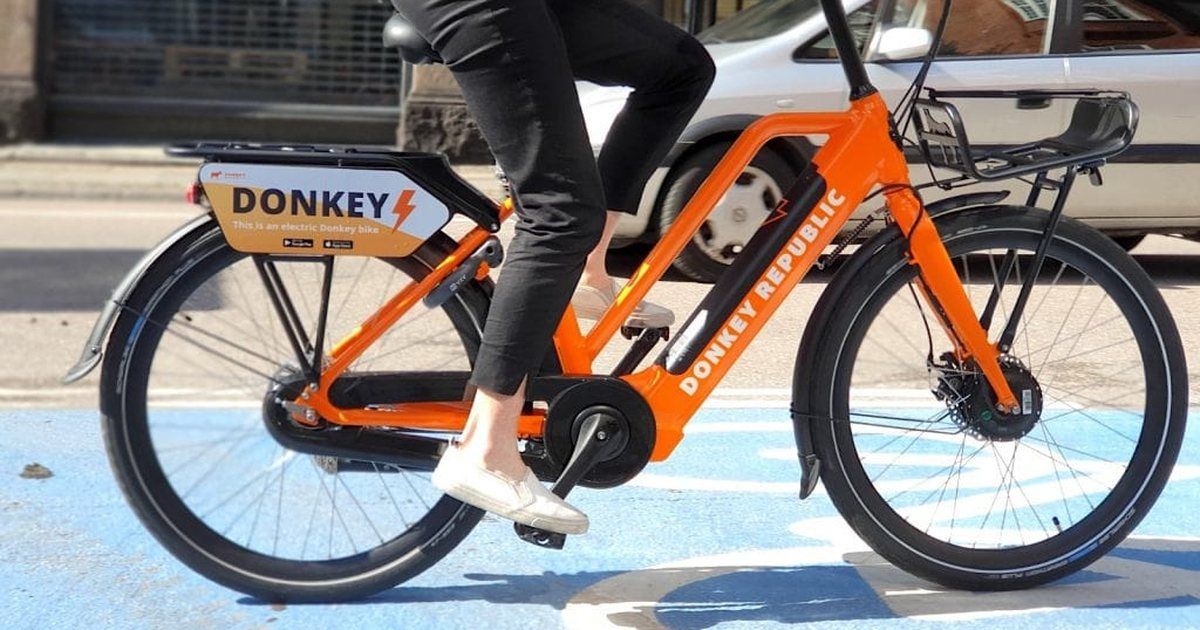
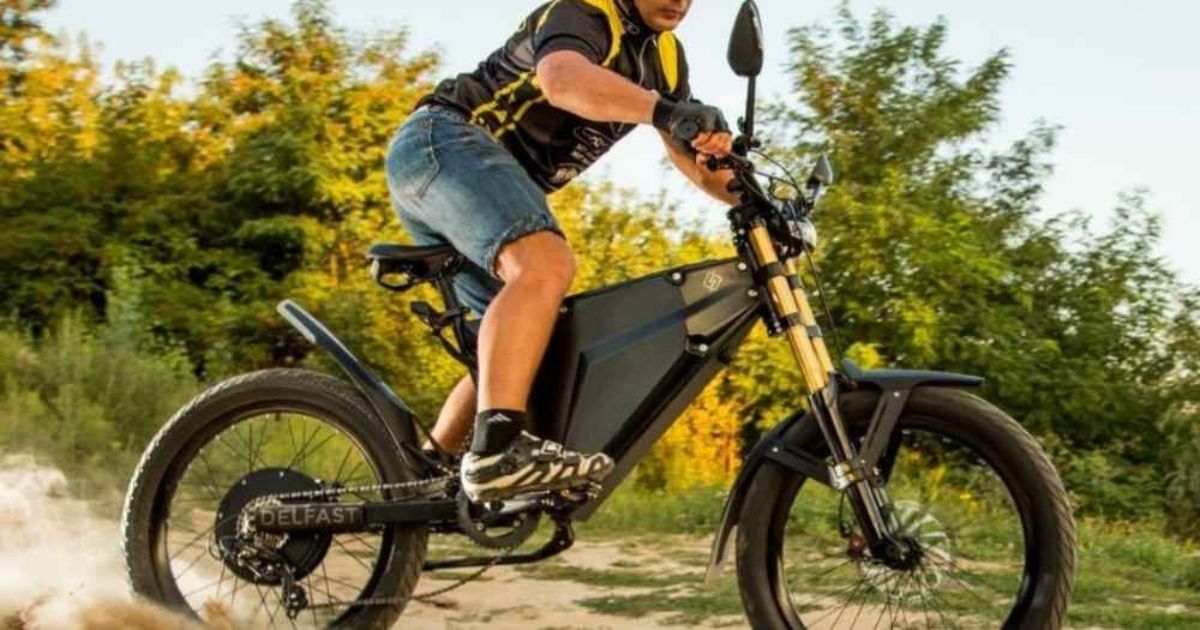
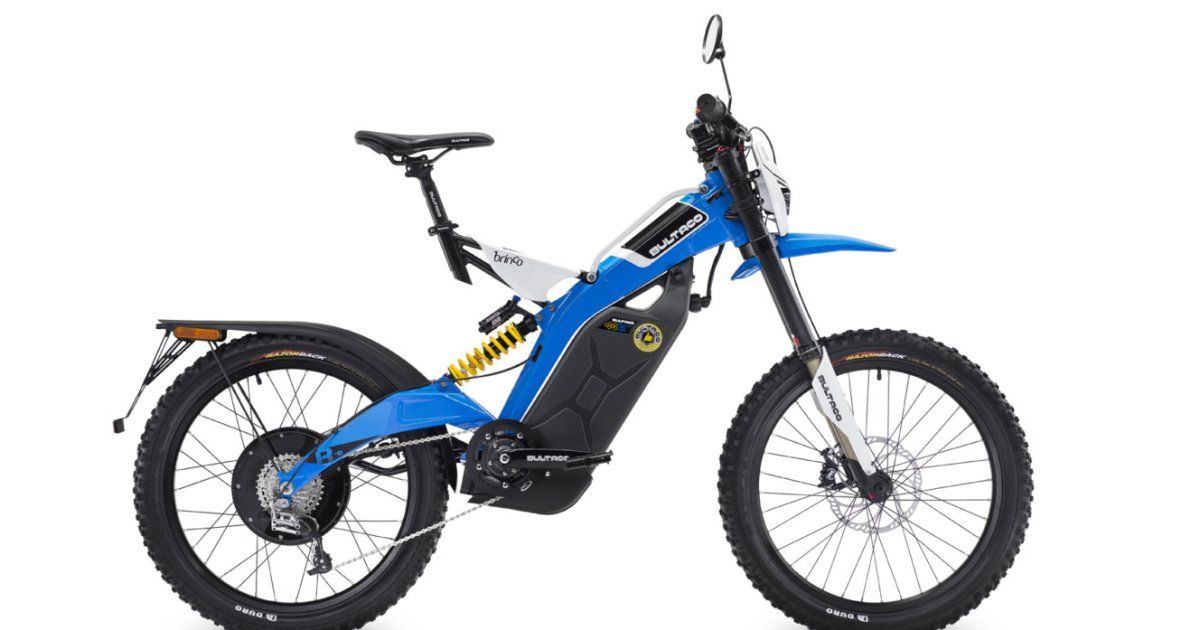

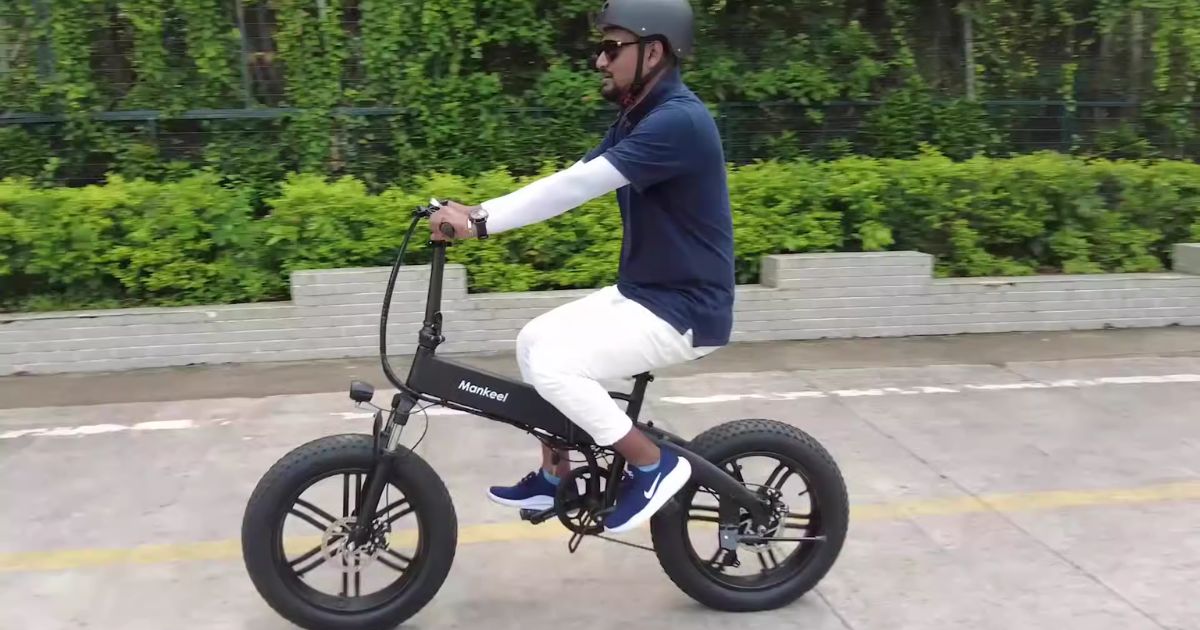
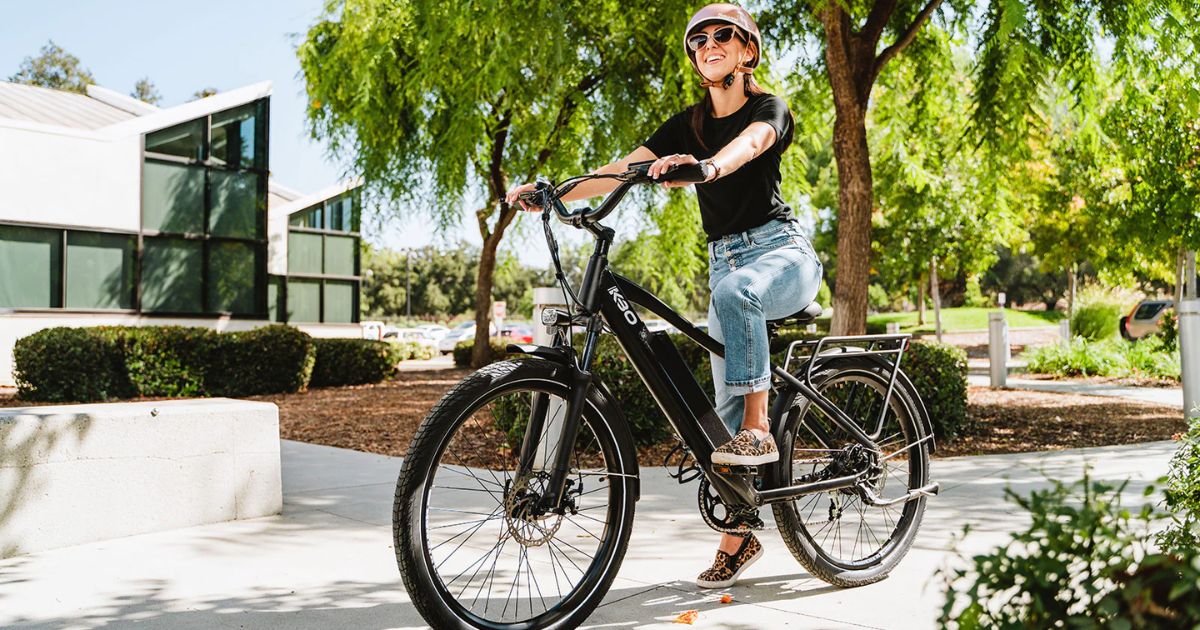





![Gomyfinance.com Invest: I Made $5,000 in My First Month [Real Results 2025]](https://electopolo.com/wp-content/uploads/2025/05/Gomyfinance.com-Invest-I-Made-5000-in-My-First-Month-Real-Results-2025-150x150.jpg)


